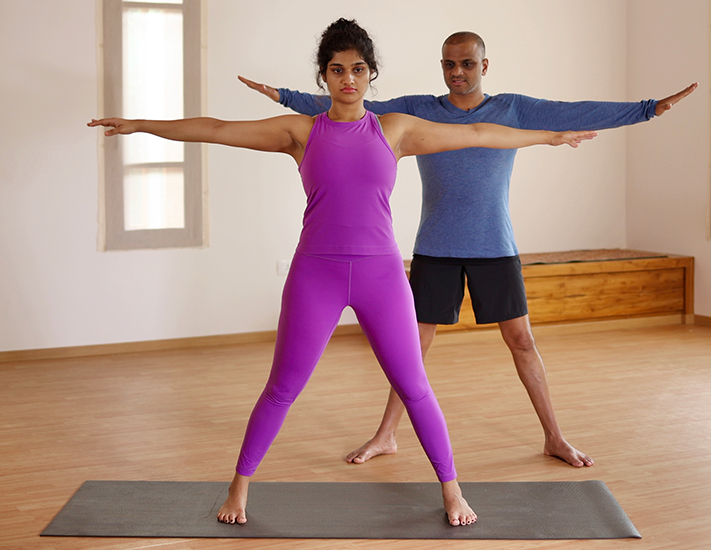Creativity 101: The act of living is an art, according to Ayurveda, and the art of life is in the practices that cultivate wellness. It just so happens that the best practices for this are linked to greater creativity, which, in itself, contributes to greater happiness.
Studies show one must be creative, generative, positive, engaged, present, and mindful to optimize overall health, good immune function and more. Doing creative things is also a proven mood enhancer, however, what this looks like can be different for each of us. What remains the same is the mindset that allows for creative impulses to flow. We all need to partake in practices that involve unrestricted observation as opposed to restrictive repetition. We need to start training our minds to notice everything from inner sensations to mood to feelings as well as smells and tastes in the present moment, keeping the attention flexible and unrestricted.
Related: Finding Your Story Through Poetic Meditation
When you have taught yourself to be more open to experience, you will increase your creative impulses because creativity thrives in a mind that is open, receptive, flexible and non-judgmental. The undeniable truth is that acts of creativity—be they poetry writing, pottery, painting, writing, creative problem solving at work or openly, empathically resolving an argument—are keys to increased happiness and satisfaction. At the very least, states of creative thinking are known to improve memory, reduce rigid thought-processes and encourage flexibility all around.
In many respects, creativity is the art of being open to what is. Here are four basics to think about incorporating into mediation or life, in general, without judgement or expectation:
1. Act with awareness and attention.
Even for a few short minutes, engage with undivided, un-opinionated attention.
2. Observe everything around you.
Notice internal phenomena, like bodily sensations, emotions, memories, thoughts and external ones like sights, sounds, smells, touch.
3. Notice, but don’t overthink it.
Observe without analyzing, and experience your surroundings without processing it judgmentally.
4. Accept the situation.
Start turning away from “I can control and change this or that” to “It is what it is.” From “I cannot do this, it’s too hard” to “This may be difficult, but let’s just see what I can do with it today.” Laugh or shake your head, but don’t evaluate the present moment experience.
You can be serious and still take yourself lightly. Negativity has a deleterious effect on creativity, closing the mind, while judgement-free, mind-wandering optimism makes for the freedom of thoughts, which is so essential to creativity.
Ready to get your creative juices flowing? Train the mind to attend, observe, notice, and accept without too much focus or analysis to the phenomena that passes your mind’s eye without judgement, without distraction. I have found that a short meditation practice, like this one (listen to the video above!), primes the pump for regular sessions of creative work.
By Lisa Hedley







Comments (0)